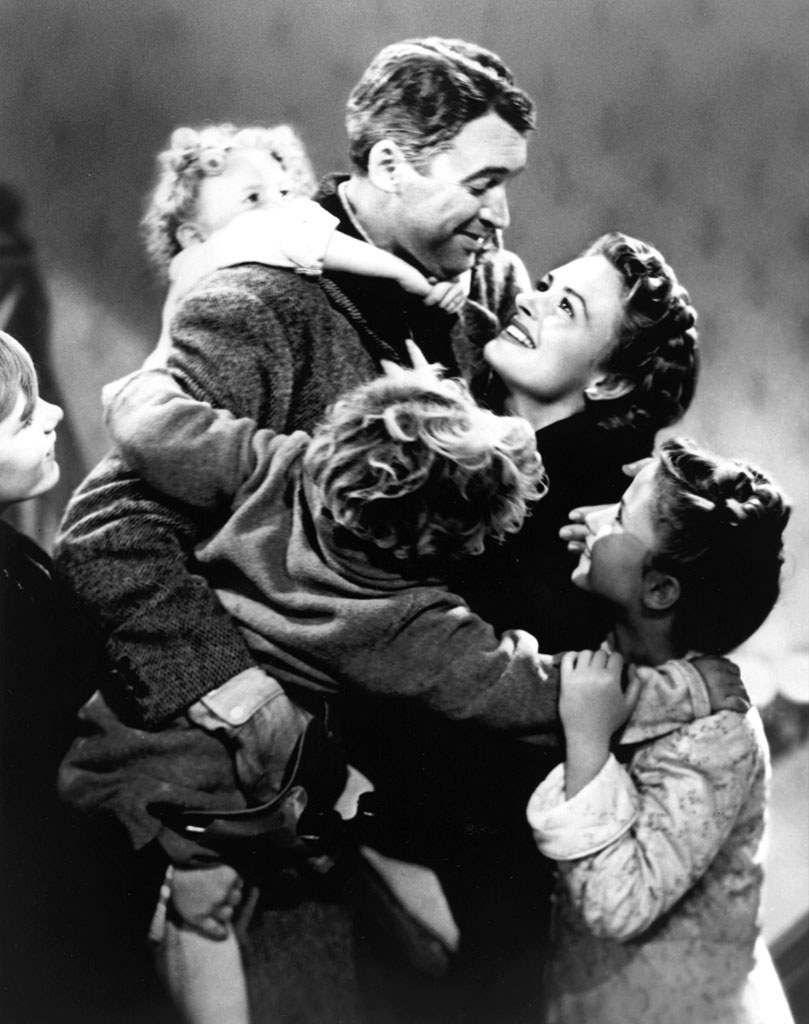 In my last blog, I detailed my trips to Hungary in my attempt to learn more about the The Death of Drakula, the first film in which Dracula was used as a character. My time in that country convinced me of the need to travel to Austria to further my research. There was even a remote chance that the film might exist in some obscure archive, perhaps with some other name. Little did I know that my trip would tie together for me such disparate entities as defunct film studios and soft tissue invertebrates to a Frank Capra film.
In my last blog, I detailed my trips to Hungary in my attempt to learn more about the The Death of Drakula, the first film in which Dracula was used as a character. My time in that country convinced me of the need to travel to Austria to further my research. There was even a remote chance that the film might exist in some obscure archive, perhaps with some other name. Little did I know that my trip would tie together for me such disparate entities as defunct film studios and soft tissue invertebrates to a Frank Capra film.
With this goal in mind, I traveled to Vienna to spend a few days at the Vienna film archive. After hearing my story about trying to track down the film, the staff at the archive all smiled and shook their heads—sadly, they knew of no print in any archive in their country that had any remote connection to Dracula or vampires of any kind.
 But they did guide me to their library, and opened my eyes to a secret world connected to movies—a world that has coexisted with film almost from the start, but is largely invisible to the general public. This is world with its own rules, its own players, major and minor, and is chockablock with information and details for film researches of all kinds. What I’m talking about, in America, is known as ‘the trades.’
But they did guide me to their library, and opened my eyes to a secret world connected to movies—a world that has coexisted with film almost from the start, but is largely invisible to the general public. This is world with its own rules, its own players, major and minor, and is chockablock with information and details for film researches of all kinds. What I’m talking about, in America, is known as ‘the trades.’
The Trades…magazines designed and written not for the general public, but for industry professionals. One of the many ironies of film research is that because paper is inherently simple to make copies of, easy to save and cheap to store, for many lost films we know more about the details on how a movie was made, where it played and how it received…than we do about the film itself.
One such film historian is Mary Mallory, who uses trade magazines and other primary sources to write about Los Angeles during the classic studio era. Her particular area of interest is the history of the Hollywood sign itself. You can read updates in her blog, The Daily Mirror.
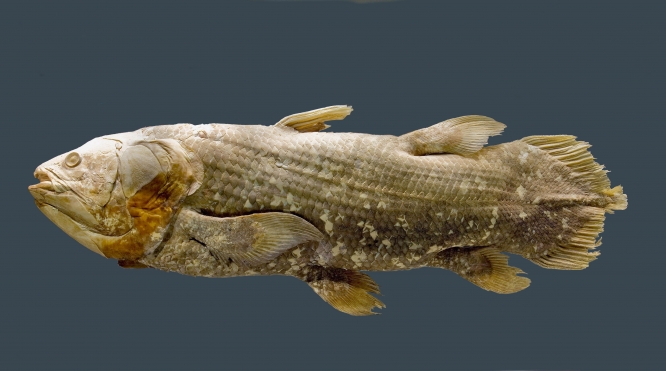
Hunting for a particular lost silent film is like going fishing with the idea that you’re going to pull up something like this prehistoric coelacanth. But we can always hope.
This puts film historians in the position of being archeologists looking for a presumed extinct animal. We know its habits, can track its spoor to see where it’s been, but until we can see it in front of us, we can only take an educated guess at what it looked like. Until the creature is proved to not be extinct, like the coelacanth fish pulled from the deep waters of the Indian Ocean, it’s the best we can do.
Researching trades, newspapers, and old documents has become its own specialty, full of discoveries and fascinating information that informs our present world. In my time going through the Vienna trade magazines and newspapers, I did find a few scanty references to the Death of Drakula, screening times, and comments about the film about to be released, and in the contemporary papers, screening times. I did not find any reviews for the film, which would have been a helpful way to assess what kind of impact the film made when it was released. So my time there was meager in terms of finding out more about The Death of Drakula.
But as they say, it’s the journey that counts, not the destination, and what really impressed me in reviewing both ‘the trades’ and the newspapers of the era, was the realization that for the teens and twenties, there was an explosion of the interest of movies as both an art form and a new kind of entertainment. Looking at the general newspaper ads as a time traveler in their machine might look at the passing years rush by, by winding the microfiche reel quickly from one year to the next, the film ads start with a few scattered articles and quickly grow to become one of the featured players in the major newspapers.
The trades take a similar leap of quality and quality; quickly they rise from a crude and 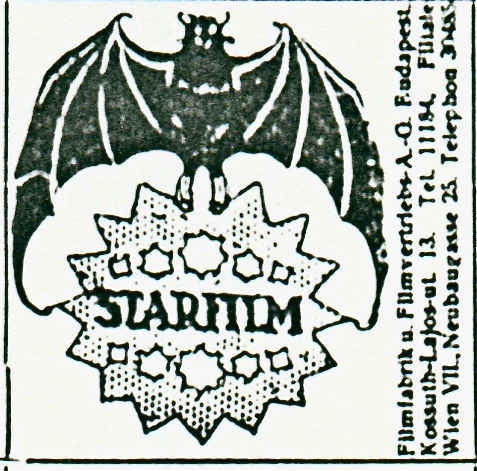 meager origin to become a classy and sophisticated product. And one of the first things one sees why perusing the trades are the trademark logos for all the production companies. Brand after brand after brand, pages of them. By golly there were a lot of production companies back then, making a lot of movies. It got me thinking of an evolutionary metaphor to describe what I was seeing–that is, of a new technology opening up a niche, and all these entities, popping up like mushrooms, taking a foothold in a new environment.
meager origin to become a classy and sophisticated product. And one of the first things one sees why perusing the trades are the trademark logos for all the production companies. Brand after brand after brand, pages of them. By golly there were a lot of production companies back then, making a lot of movies. It got me thinking of an evolutionary metaphor to describe what I was seeing–that is, of a new technology opening up a niche, and all these entities, popping up like mushrooms, taking a foothold in a new environment.
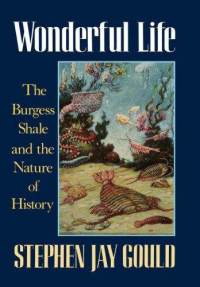 My thoughts of this comparison were cemented later, when I read Steven Gould’s Wonderful Life: The Burgess Shale and the Nature of History. Gould’s thesis is simple: Chance plays a much larger role of success and failure in biological evolution that anyone could have guessed. The reason for this conclusion was his survey of the fossil record from the Burgess Shale, an area of British Columbia that has especially well preserved fossils from about 500 million years ago. All of the fossils showed animals well adapted to their environment, but why did most of these animals become extinct, while others survived? Gould proposed a thought experiment: If you could wind back time, just like the angel Clarence did in the Frank Capra film It’s a Wonderful Life, and play the tape of life forward again, you would get a completely different set of conditions that would cause events to happen in ways impossible to predict. It’s called the Contingency Theory, and it’s quickly become one the the dominant scientific philosophies being used to explain how nature works.
My thoughts of this comparison were cemented later, when I read Steven Gould’s Wonderful Life: The Burgess Shale and the Nature of History. Gould’s thesis is simple: Chance plays a much larger role of success and failure in biological evolution that anyone could have guessed. The reason for this conclusion was his survey of the fossil record from the Burgess Shale, an area of British Columbia that has especially well preserved fossils from about 500 million years ago. All of the fossils showed animals well adapted to their environment, but why did most of these animals become extinct, while others survived? Gould proposed a thought experiment: If you could wind back time, just like the angel Clarence did in the Frank Capra film It’s a Wonderful Life, and play the tape of life forward again, you would get a completely different set of conditions that would cause events to happen in ways impossible to predict. It’s called the Contingency Theory, and it’s quickly become one the the dominant scientific philosophies being used to explain how nature works.
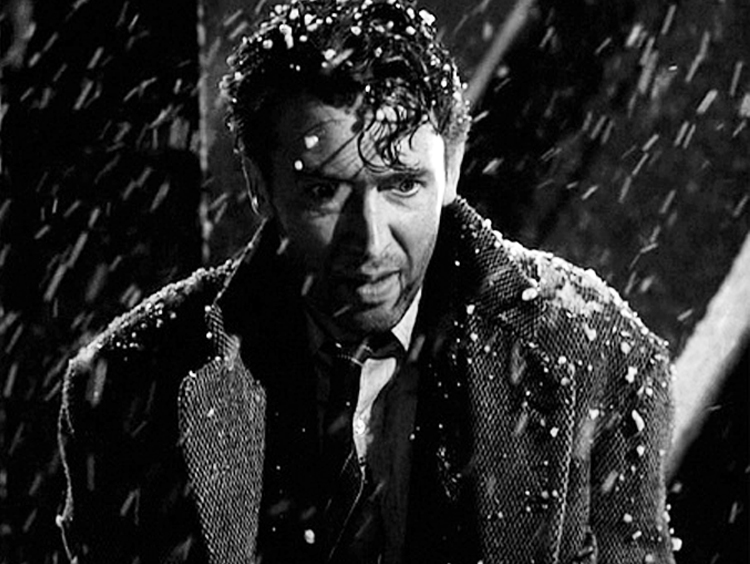
“Clarence, we’re going to do this again, and again? Oh my God…I’m in another version of Groundhog Day!”
In the Capra film, Clarence made George Bailey suffer in order to prove a point (to make George Bailey see that he really had a wonderful life), but if he wanted to make Jimmy Stewart’s character really miserable, he could have taken him back to when he was never born, and then played the tape of life forward ten, twenty, fifty times or more. In each case he would have shown to George a Bedford Falls completely different from any of the others. And the most interesting part of this thought experiment is that in some scenarios that lacked George Bailey, Bedford Falls might have turned out better than if he’d lived.
Maybe only once or twice out of fifty times–after all we are not discounting the fact that 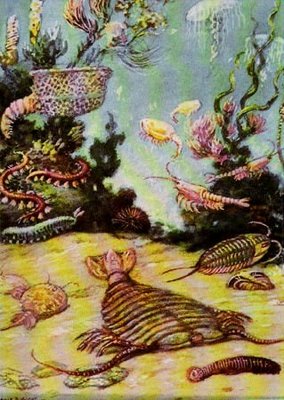 George did good things. But two or three times is enough to make ‘luck’ enter into the picture. And that’s what the contingency theory is all about. It’s not good enough to be the best at what you do, being lucky counts for more than we’d ever care to admit. Or to throw another geological event into the discussion, if a large meteor hadn’t stuck the coast of Mexico 66 million years ago, this might still be the age of dinosaurs, and we mammals might still be scurrying around picking up their scraps.
George did good things. But two or three times is enough to make ‘luck’ enter into the picture. And that’s what the contingency theory is all about. It’s not good enough to be the best at what you do, being lucky counts for more than we’d ever care to admit. Or to throw another geological event into the discussion, if a large meteor hadn’t stuck the coast of Mexico 66 million years ago, this might still be the age of dinosaurs, and we mammals might still be scurrying around picking up their scraps.
What does this have to do with the Vienna Trades? Just look at all the production companies around in the 1920s:
These trademark logos just kept coming and coming, and are omnipresent in every issue. These ‘brands’ are more than just visually interesting, they remind us how many companies were making movies in the 1920s. Here’s another page:
All these defunct companies…sort of like looking like…fossils.
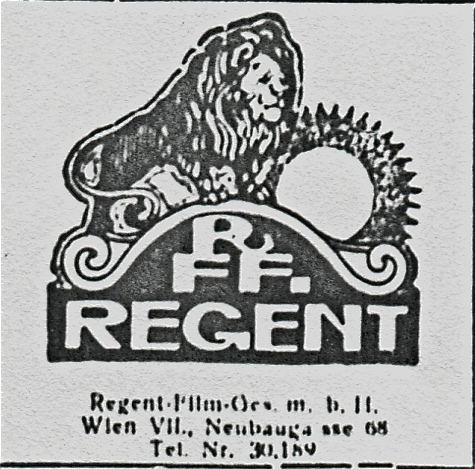 To carry this archeologist/extinct species analogy to its conclusion, in the 1920s, the technology of film was still brand new–less than a generation old, and these production companies, were busy expanding their cultural ‘niche.’ Before long there would be a winnowing of resources, and consolidation would take place. But for now there was plenty enough room for everyone, and the field was crowded with hopefuls.
To carry this archeologist/extinct species analogy to its conclusion, in the 1920s, the technology of film was still brand new–less than a generation old, and these production companies, were busy expanding their cultural ‘niche.’ Before long there would be a winnowing of resources, and consolidation would take place. But for now there was plenty enough room for everyone, and the field was crowded with hopefuls.
But my time in the Vienna archives was not spent just considering how scientific principles could be used to describe commerce. Most of my time was spent paging through the journals and marveling at the art on their pages. It was like going to one of the most exclusive art museums in the world, open to only those students who traveled to the Vienna Film Archive or could get access to these trade journals. Most of this art, done for what was essentially ‘throwaway’ magazines that catered only to industry professionals, was on a very high level. Clearly for the artists involved in these magazines, the art was anything but ‘throwaway.’ Rather, a lot of time and thought went into these ads. And being in Vienna, a location and time that was arguably at the climax of a generation that would incorporate painting, sculpture, music and architecture into a grand and arguably never surpassed aesthetic zeitgeist, these were very high standards indeed.
I’m including one of my favorite images, a design that visually ties together very diverse concepts of communication. With trains running both toward us and away from us, and with the skyline of Vienna in the distance, we see the wires of the telegraph and telephone transformed into bobbins of thread, all running toward a central image of careful hands holding the most important piece of this tapestry–your film. “In our hands, you have the running thread of film export.”
I left Vienna with not much more information about The Death of Drakula, but with a new found respect for the nameless artists that toiled, for professional magazines, then and now. There was never going to be any fame, and surely not much money for these artists, but they did great work. And in the end, it’s always the work that counts. As Clarence the angel might say: if you’re an artist and get to make art to the best of your ability…and if you get to do the thing you love–you really had a wonderful life.



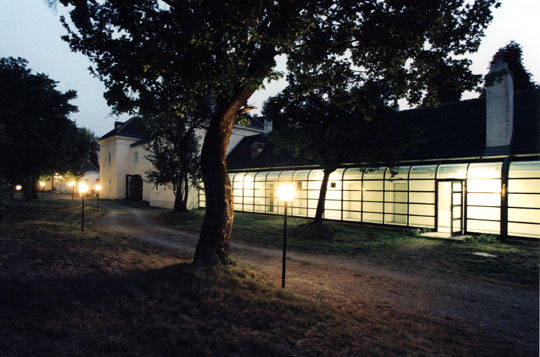
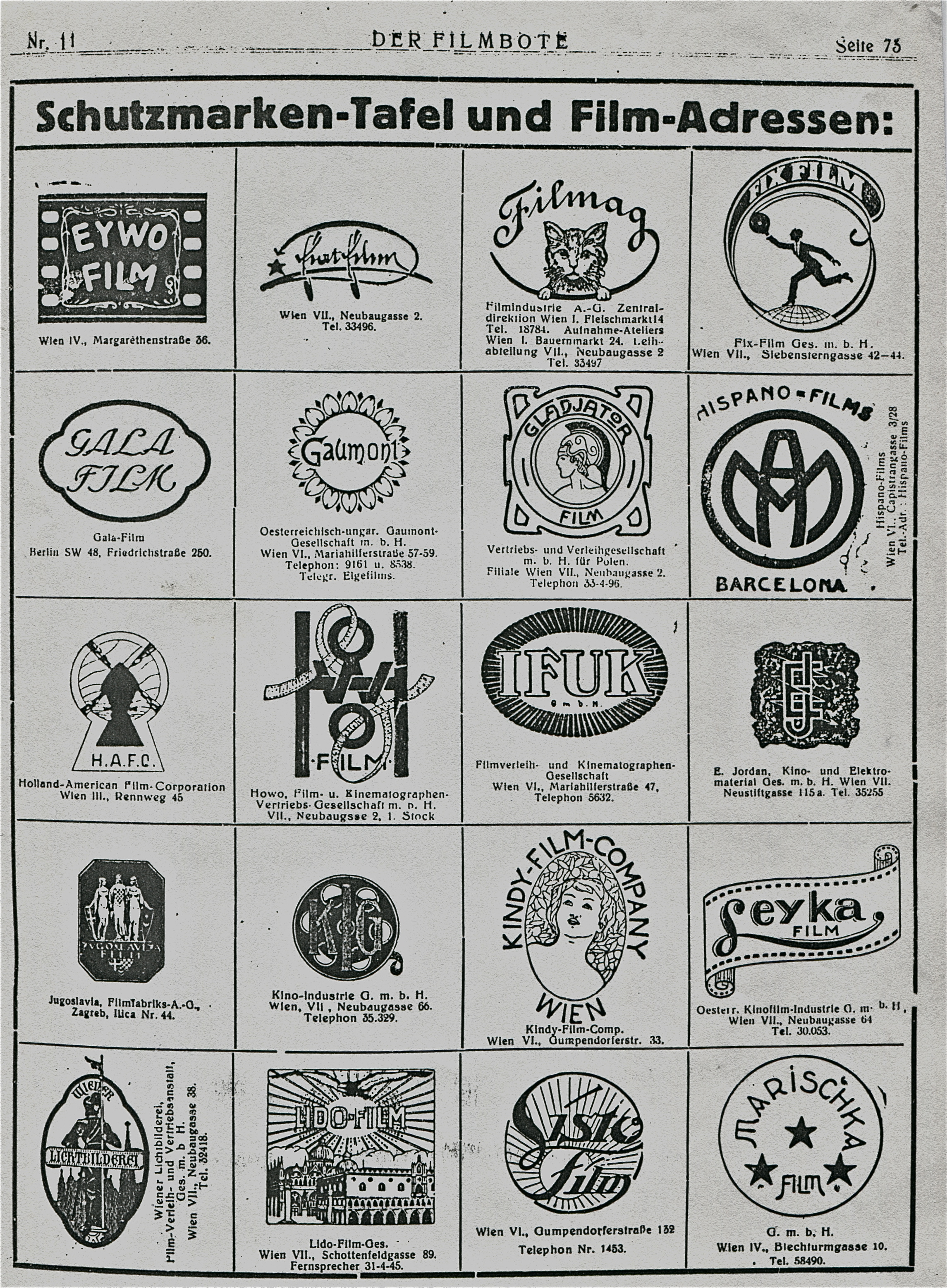
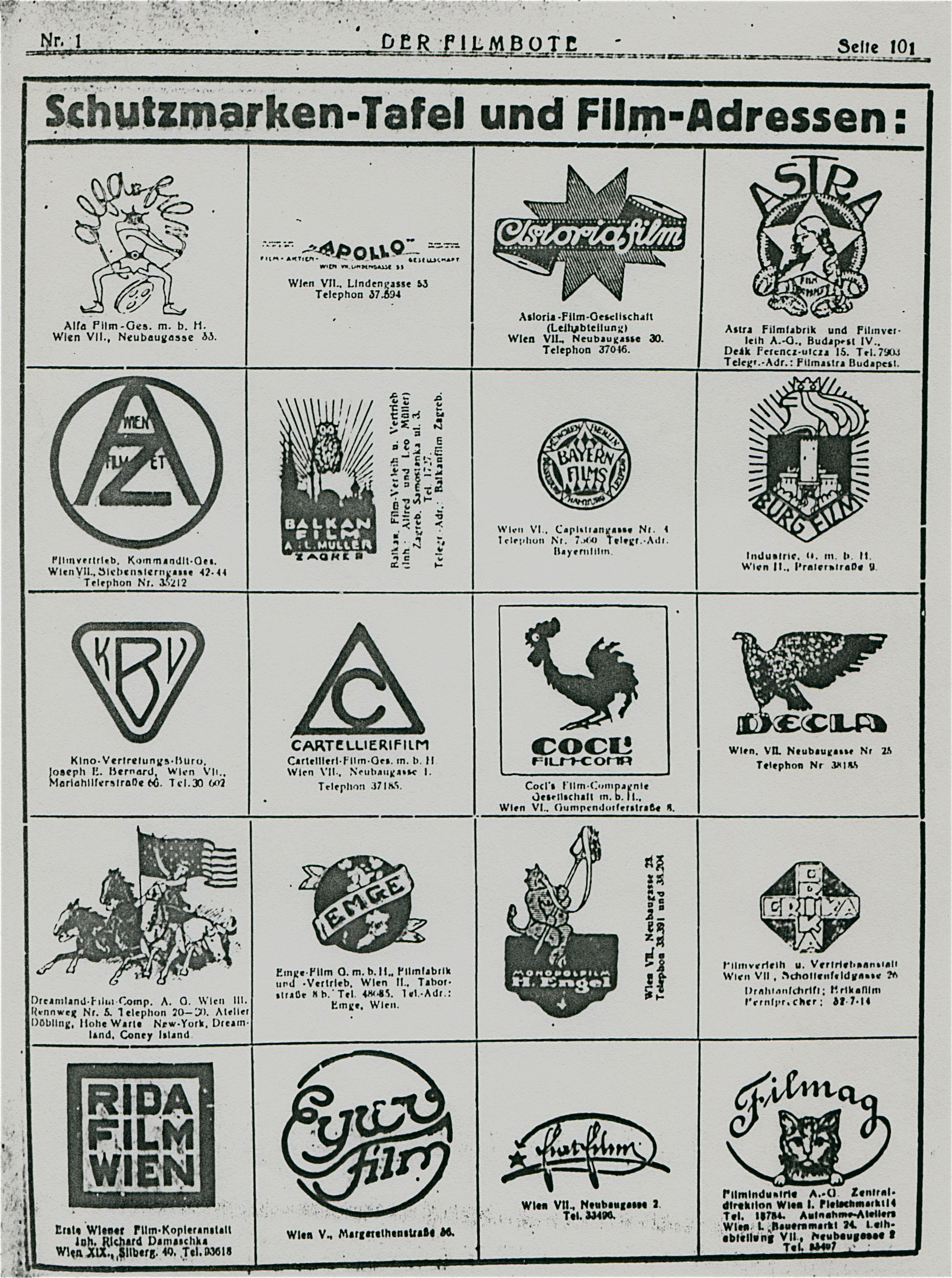
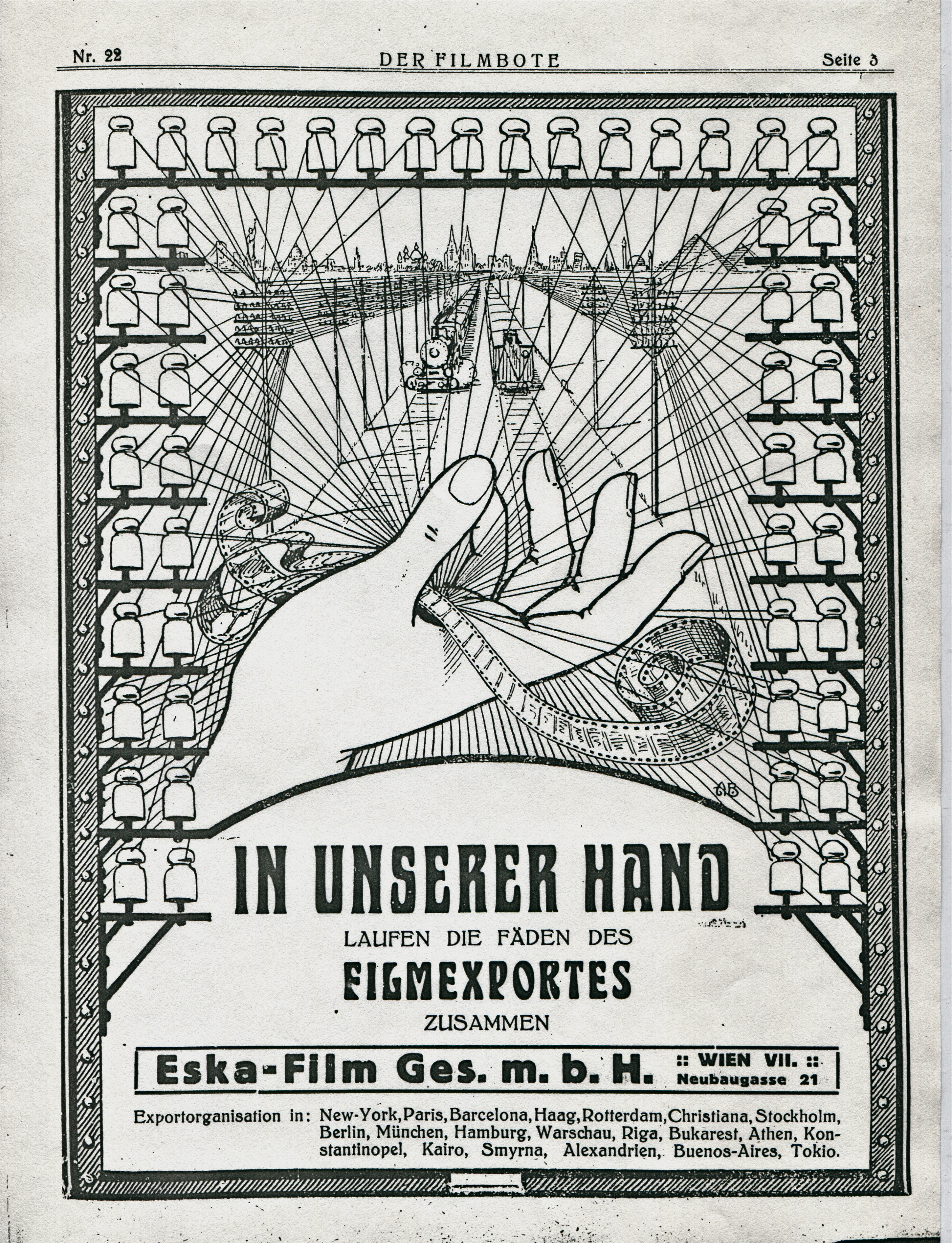
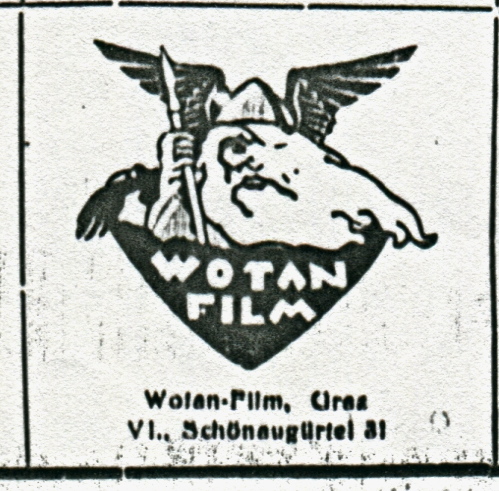
2 thoughts on “Wonderful Life: Exploring the Vienna Trades”
Nice work! Yes, one good hit film might have turned one of those unknown small companies into a powerhouse that still existed today. Very much like natural selection . . .
Hi Steve, that’s right, and another advantage of so many companies is that the small ones could take more chances, the obvious example is Prana Film’s Nosferatu. It was a production company that only made one film, but what a film!